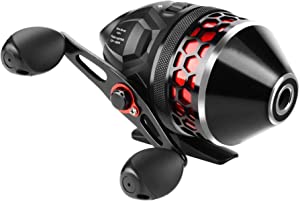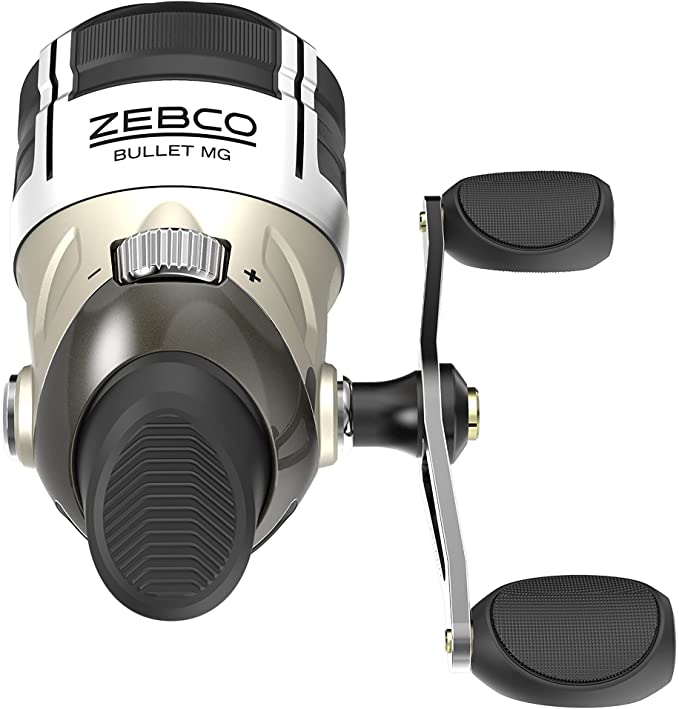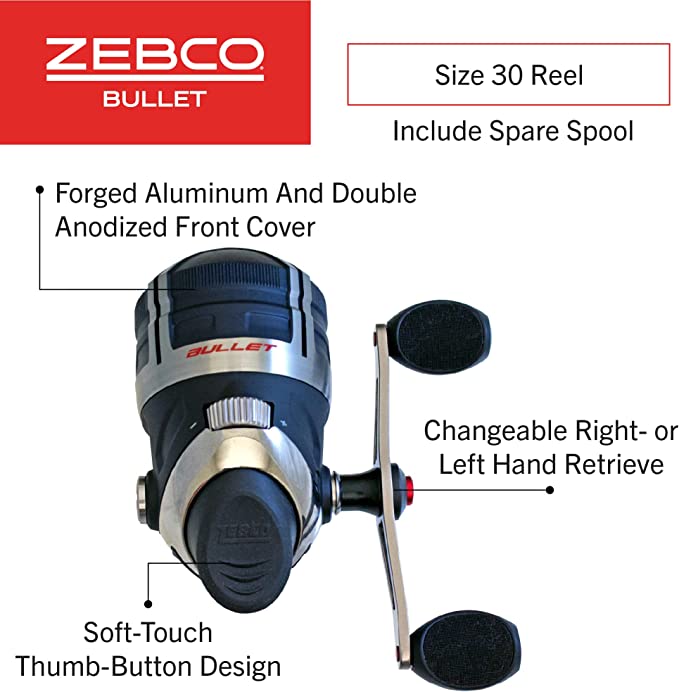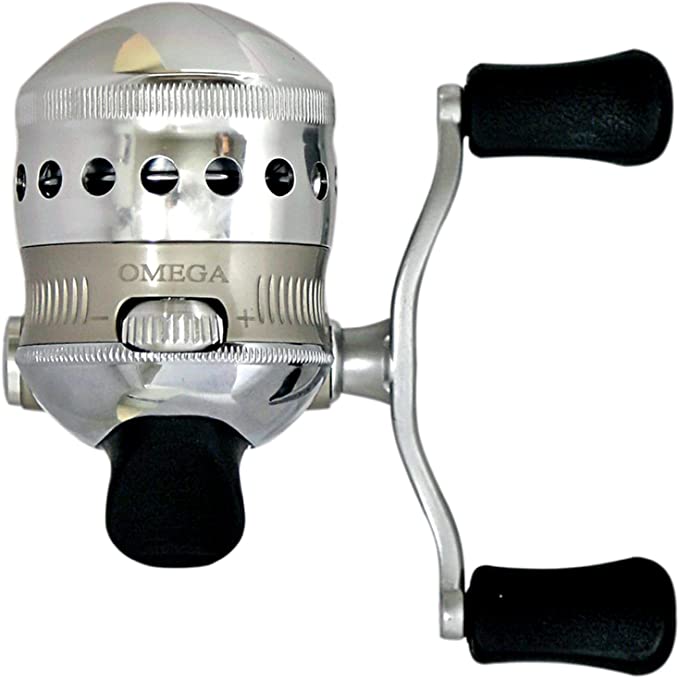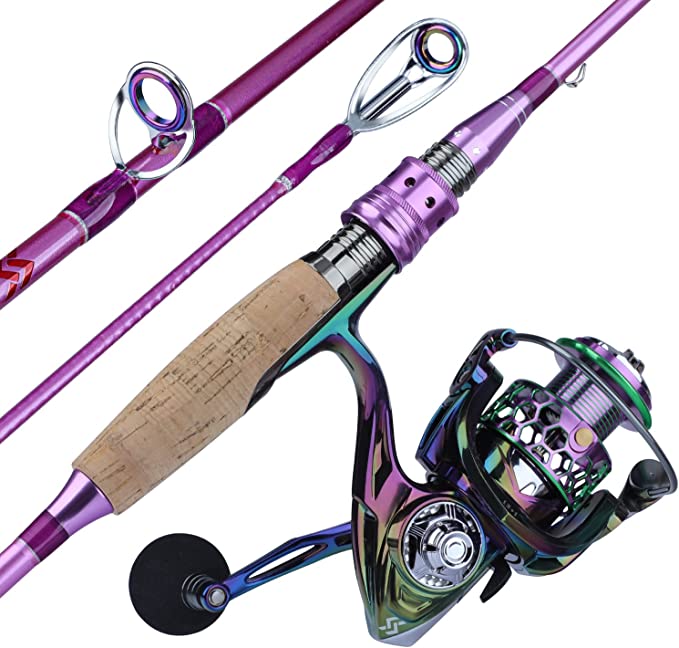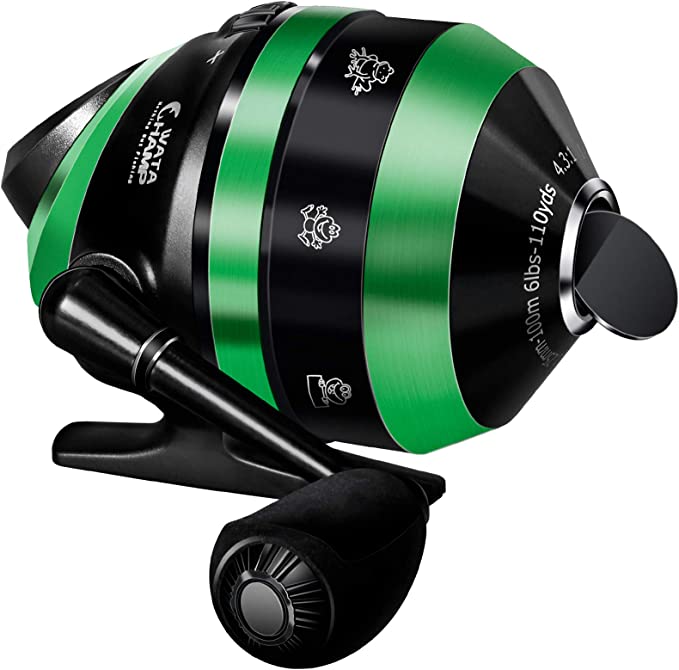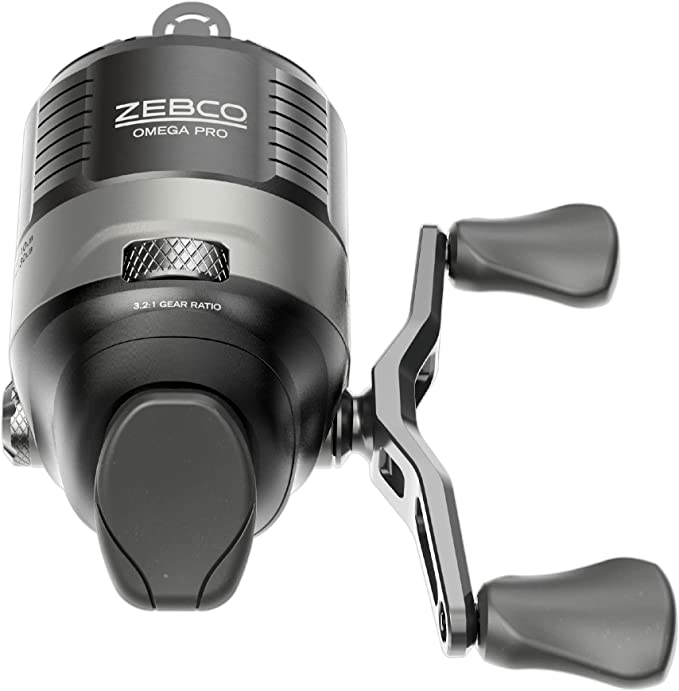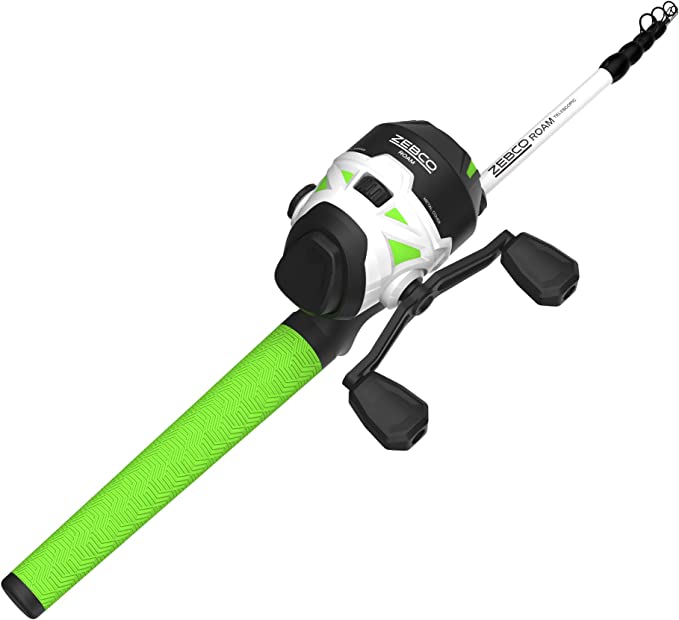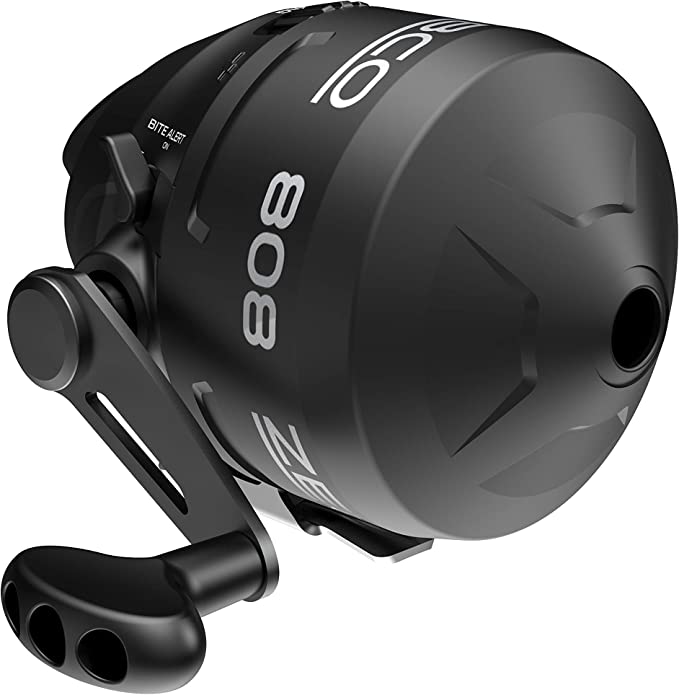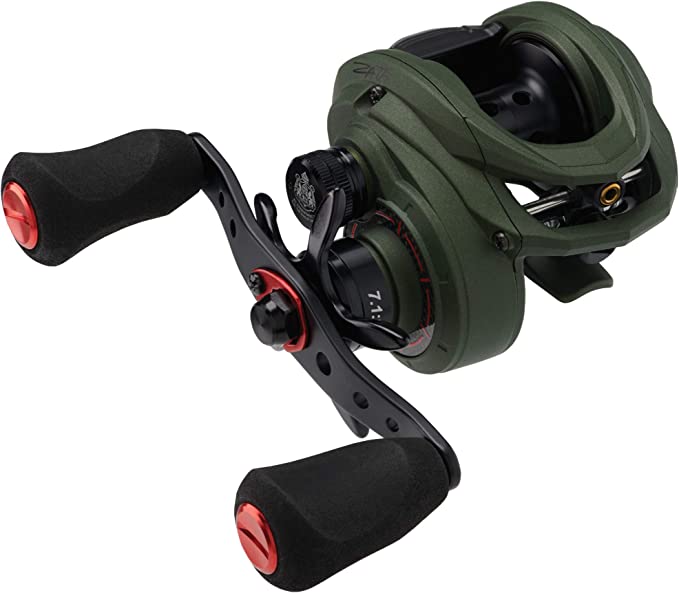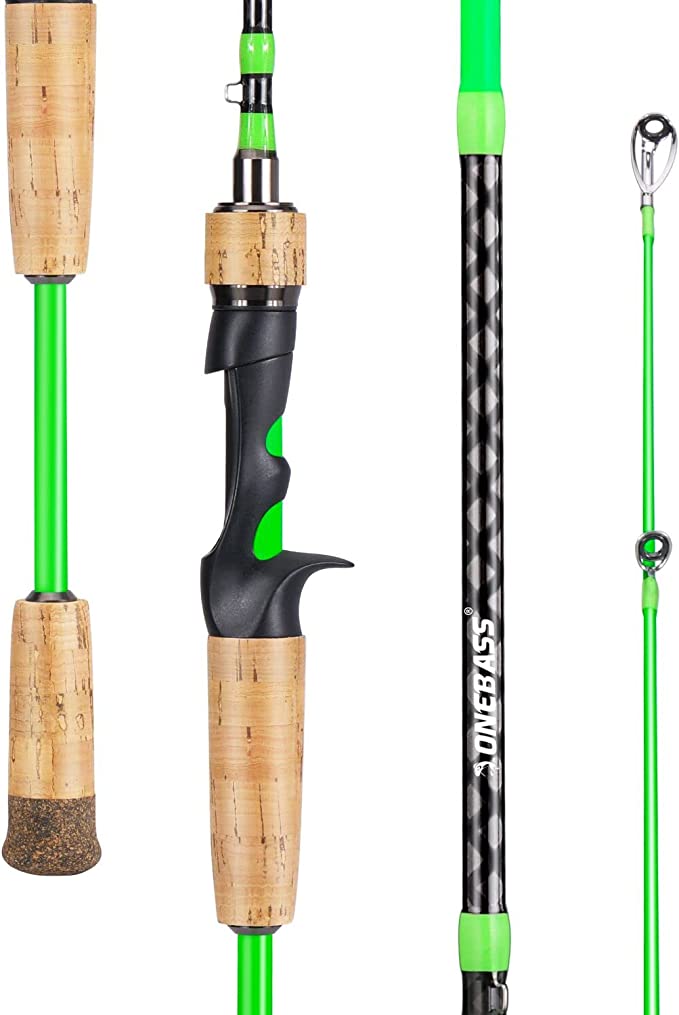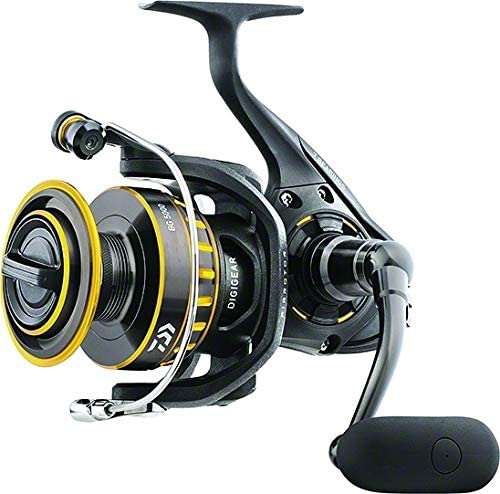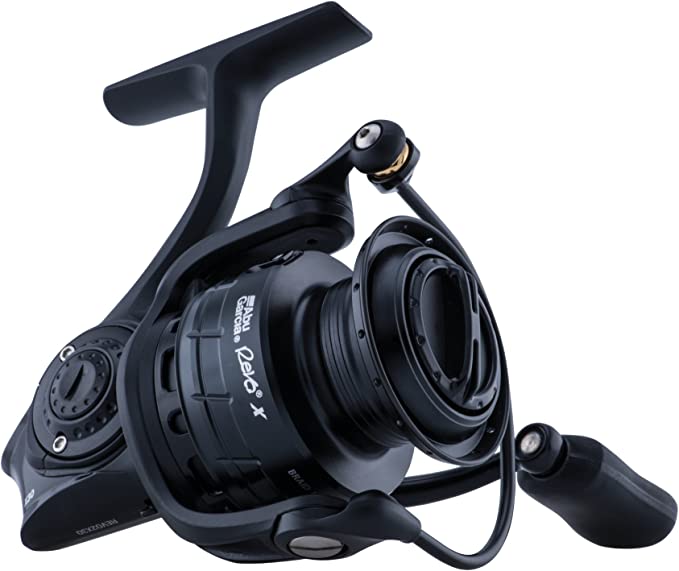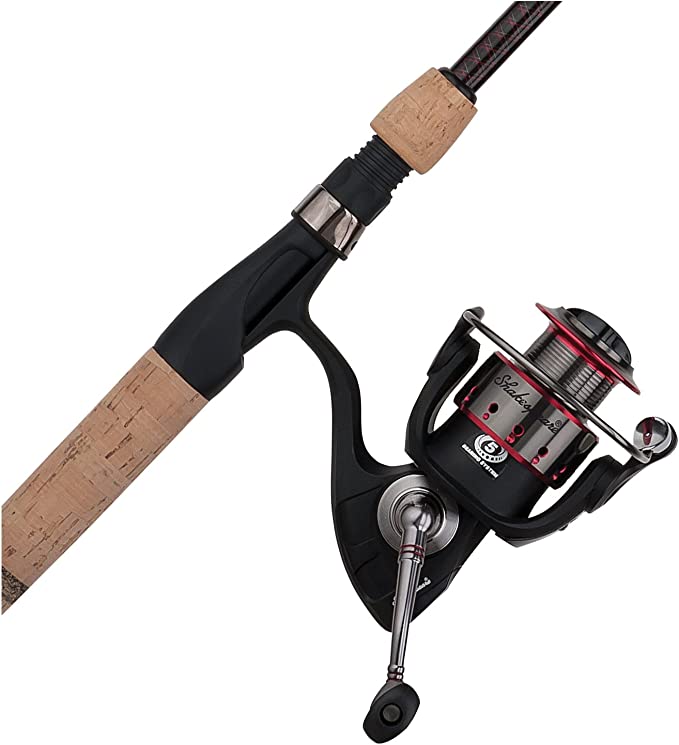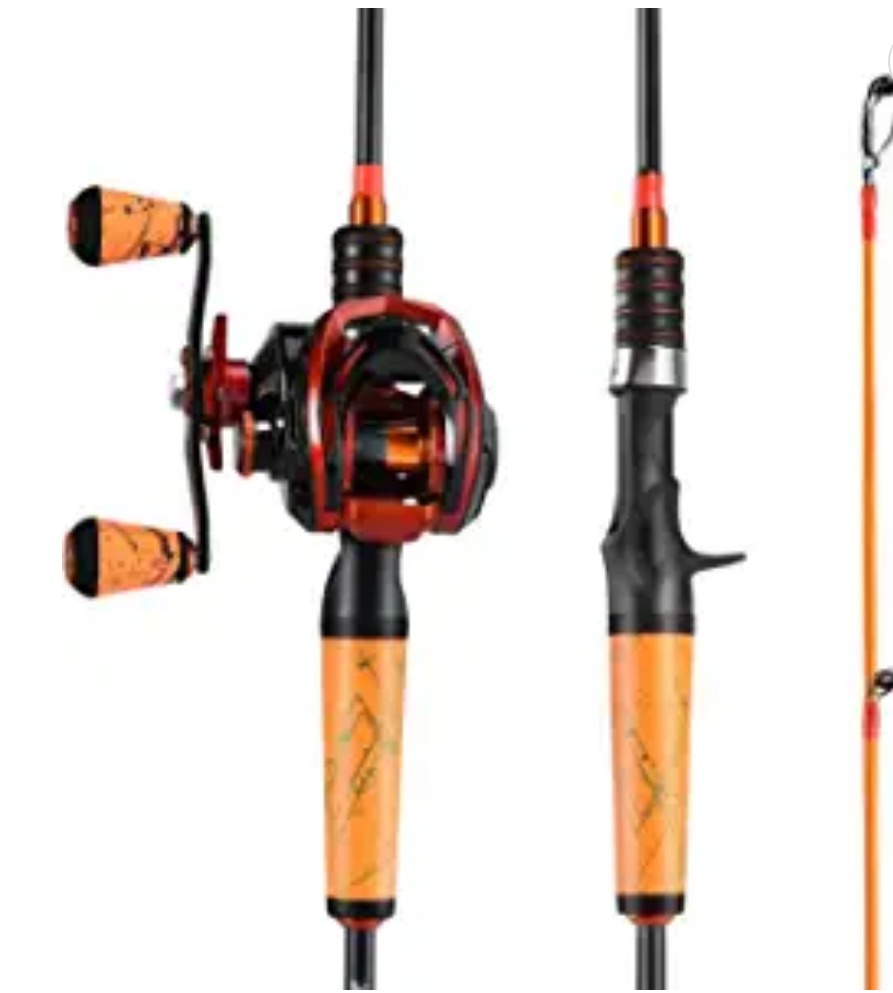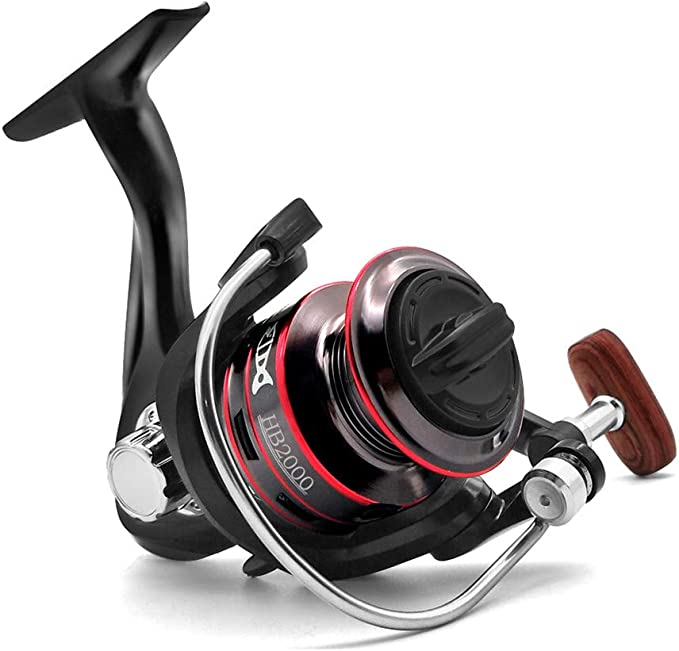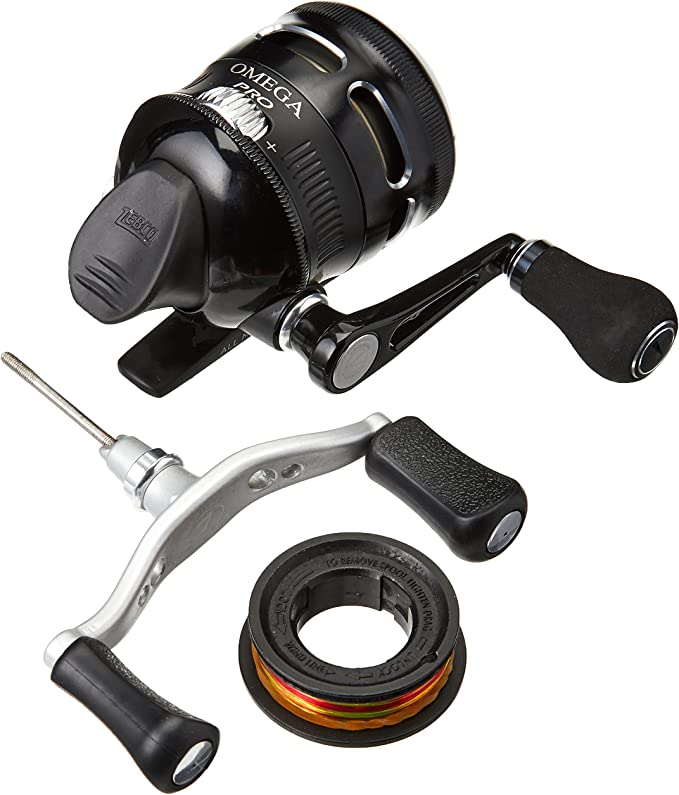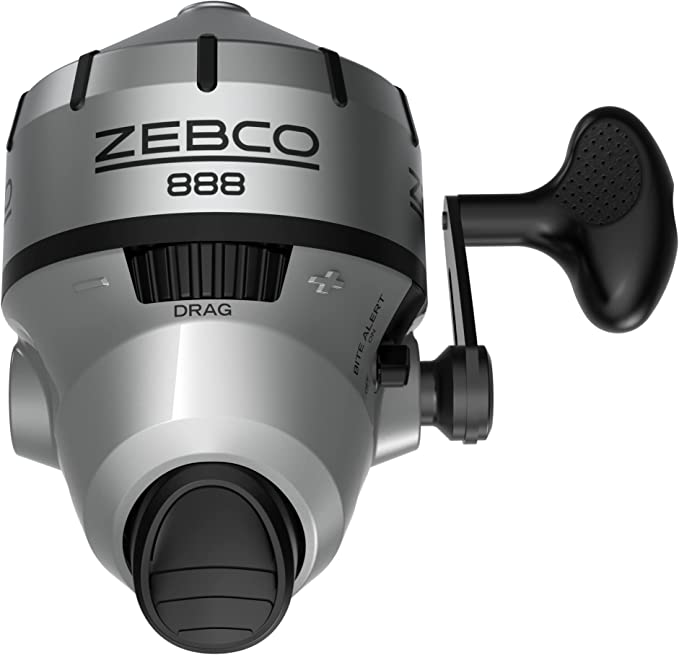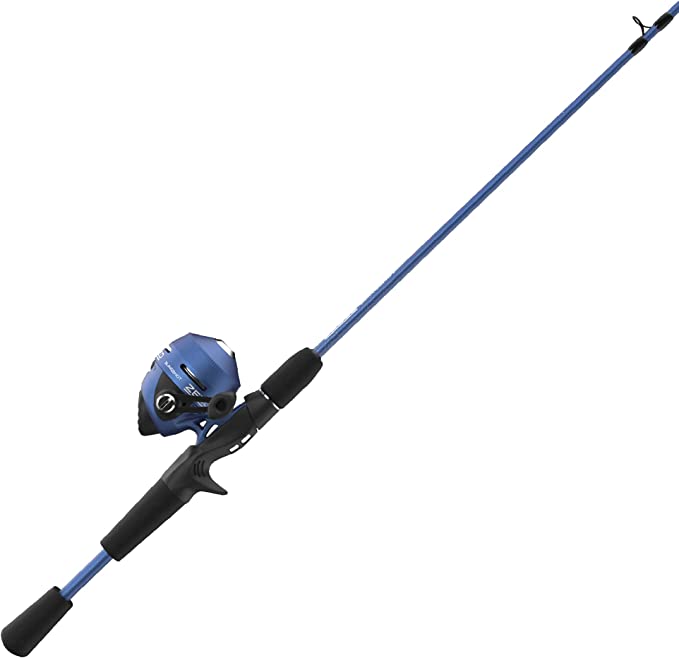The Engineer's Cast: Deconstructing the Zebco Bullet and the Reinvention of Speed
Update on Aug. 2, 2025, 7:53 a.m.
It was 1949 when a watchmaker from Texas named R.D. Hull decided to solve a problem that had plagued anglers for centuries: the dreaded backlash, that chaotic tangle of line otherwise known as a “bird’s nest.” His employer, the Zero Hour Bomb Company—a firm whose name belied its peacetime manufacturing—saw the genius in his design. They pivoted, and from the ashes of their explosive past, the Zebco brand was born. The result, the world’s first commercially successful spincast reel, was an elegant solution that democratized fishing, making it an accessible pastime for millions. For decades, the spincast reel has been a symbol of that simplicity—reliable, user-friendly, the undisputed entry point into the sport.
But what happens when the principles of modern mechanical engineering are applied to this classic, unassuming design? You get a fascinating case study in evolution. The Zebco Bullet Spincast Fishing Reel is not merely an upgrade; it is a fundamental re-examination of what a spincast can be. It’s a machine that respects its heritage of simplicity while aggressively pursuing the performance metrics of its more complex spinning and baitcasting cousins. To truly understand it, we must look past the marketing and peer inside, not with a screwdriver, but with the lens of science and engineering.
The Heart of the Machine: Rethinking Speed and Power
The standout claim for the Bullet is its astonishing line retrieval rate: 29.6 inches per turn (IPT). To an angler, this number represents speed—the ability to burn a lure across the water or quickly reel in slack for a solid hookset. To an engineer, this speed is the direct output of a carefully chosen 5.1:1 gear ratio.
Think of a reel’s gearbox as the transmission in a car. A low gear ratio provides high torque (power), ideal for slowly winching in a heavy load. A high gear ratio, like the Bullet’s, sacrifices some of that raw torque for speed. For every single 360-degree rotation of the handle, the internal spinnerhead that spools the line revolves 5.1 times. This principle of mechanical advantage is the engine behind its performance. This isn’t just about reeling in faster; it’s a tactical tool. In the world of fluid dynamics, the speed of a lure dramatically alters its action and the pressure waves it sends through the water. For triggering a reaction strike from a predatory fish like a bass or striper, speed is often the critical variable, and the Bullet is unequivocally tuned for it.
The Soul of Smoothness: A Lesson in Tribology
A reel can be fast, but if it feels rough or gritty, it betrays a lack of refinement. The Bullet’s profound smoothness stems from a deep understanding of tribology—the science of friction, wear, and lubrication. This is most evident in its two key features: the 9-bearing system and its much-touted ZeroFriction Dual-Bearing Supported Pick-Up Pin.
In many conventional reels, the line is retrieved by being dragged across a stationary ceramic or metal pin. This creates sliding friction, which robs the system of energy, abrades the line over time, and feels less refined. The Bullet’s design brilliantly subverts this. Instead of a fixed pin, it places the pick-up pin on its own set of miniature ball bearings. Now, instead of sliding, the line rolls. The system transitions from high-resistance sliding friction to low-resistance rolling friction.
This is the same fundamental principle that allows a 2,000-pound car to be pushed by hand. The ball bearings in the wheels minimize friction against the road, allowing for efficient movement. In the reel, this efficiency translates to longer, smoother casts as less energy is lost, and a retrieve that feels glassy and connected. The other bearings in the system support the main gear and driveshaft, ensuring that from handle to spinnerhead, every rotating component operates with maximum efficiency and minimum power loss.
The Backbone of a Brawler: The Science of Materials
Speed and smoothness are worthless without a rigid frame to support them. Under the load of a fighting fish, a flimsy reel body can flex, causing the precision-machined gears to misalign, bind, and wear prematurely. The Bullet’s durable all-metal construction serves as a rigid chassis, ensuring all internal components remain in perfect alignment when subjected to the reel’s 12 pounds of maximum drag.
The material choices are deliberate. The forged and double-anodized aluminum front cover provides a high-strength, low-weight shield. Forging, a process of shaping metal using localized compressive forces, creates a grain structure that is far stronger and more impact-resistant than casting. Anodization then creates a microscopically hard layer of aluminum oxide on the surface, drastically increasing its resistance to scratches and corrosion.
Deeper inside lies the solid-brass pinion gear. For centuries, brass has been the material of choice for clockmakers and instrument builders for a reason. This alloy of copper and zinc is incredibly durable, resistant to corrosion, and, critically, has a lower coefficient of friction against other metals compared to steel-on-steel. It provides a robust, almost self-lubricating, engagement with the other gears in the system, promising a drivetrain that remains smooth and reliable long after others have become noisy and worn.
A Legacy Re-Forged
Looking at the Zebco Bullet is to see a bridge across 75 years of fishing history. It retains the intuitive, push-button ease of use that R.D. Hull first envisioned, a design that invited millions into the sport. Yet, it houses the heart of a modern performance machine, born from principles of mechanical advantage, tribology, and material science. It is a testament to the idea that simplicity and high performance are not mutually exclusive. The Bullet doesn’t just challenge the old stereotype of the spincast reel; it honors its remarkable legacy by proving that even the most accessible designs have no performance ceiling when re-imagined with precision engineering.
